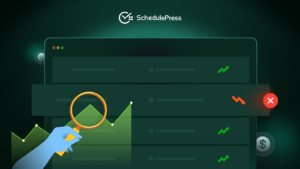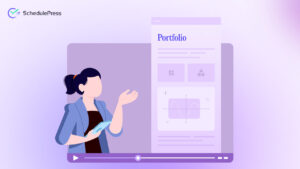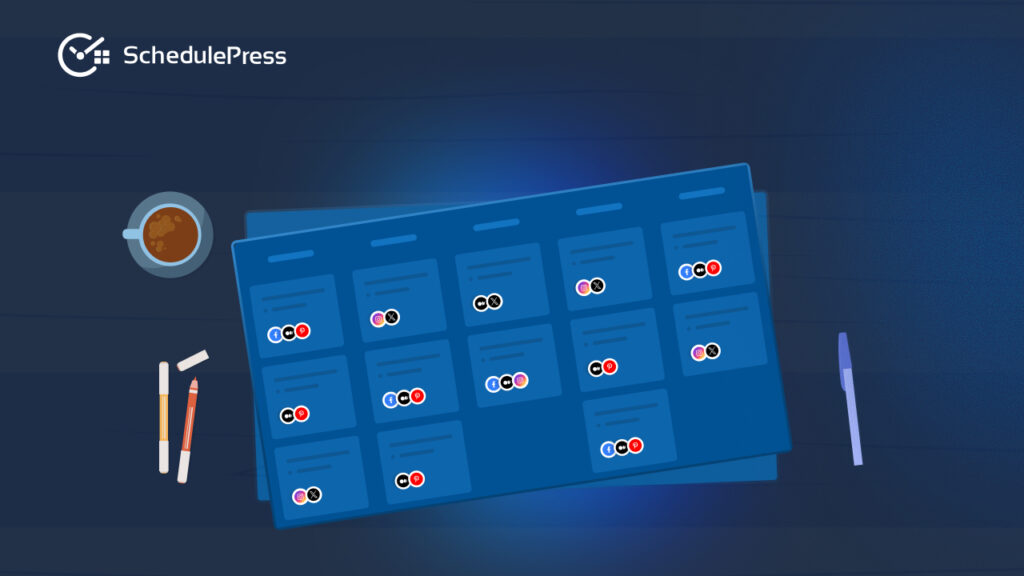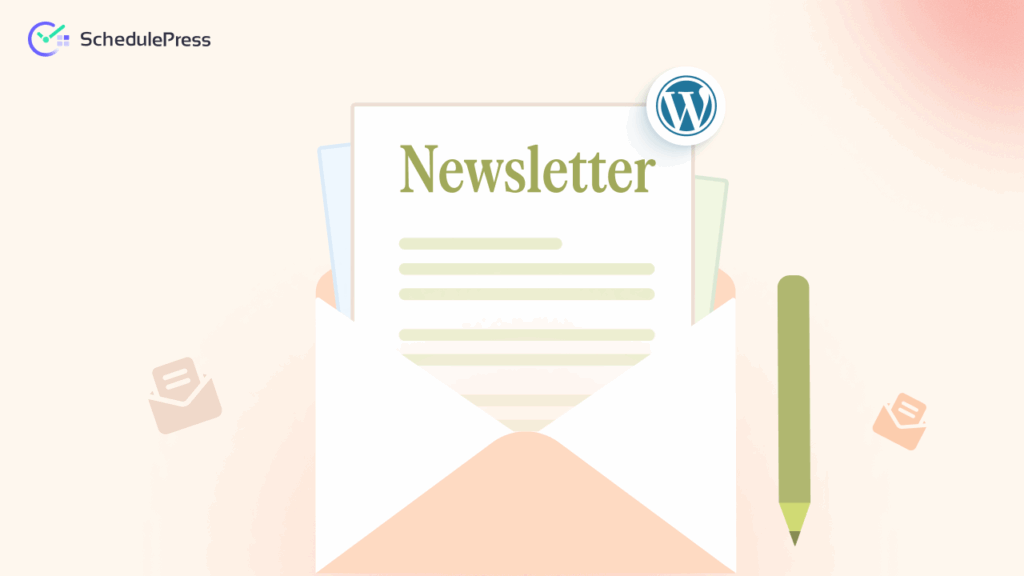Are you thinking of running a multi-author WordPress blog but are not sure what you are getting into? Managing a blog with multiple authors can feel exciting but a bit chaotic. You might imagine that more content and diverse voices will supercharge your content marketing. Obviously, it can, but only if you know how to handle the unique challenges. From coordinating schedules to keeping quality consistent, a multi-author blog introduces hurdles that a solo blogger never faces.
The good news is, with the right preparation (and a few handy tools), you can turn those hurdles into smooth workflows. If you are about to launch a multi-author blog or already struggling to manage one, read on. Here are ten essential things you wish you knew before running a multi-author WordPress blog to stay on the right foot.
💡 Why Start a Multi-Author WordPress Blog?
The simplest answer: growth and diversity. A solo blogger can only produce so much, but with multiple authors, you can:
- Publish more frequently and keep your blog fresh.
- Reach diverse audiences through different voices and expertise.
- Improve SEO with a steady stream of keyword-rich posts.
- Share the workload and avoid burnout.
For example, imagine you are running a tech blog. One writer could specialize in tutorials, another in product reviews, while a third covers industry news. Together, your blog feels dynamic, authoritative, and resource-rich – something nearly impossible for a single writer to sustain.
Whether you are running a business blog, agency website, or community-driven platform, running a multi-author WordPress blog gives you a head start in content marketing.
📋 Running a Multi-Author WordPress Blog? Here Is the Checklist
Without the right foundations, even talented teams can run into missed deadlines, inconsistent quality, and publishing chaos. To save yourself from those early headaches, here are 15+ essential lessons and best practices you will want to know before you dive in.
1. Manage a Team, Not Just a Blog
The first shock comes quickly – you are no longer just a blogger, but an editor-in-chief. Multiple authors mean multiple personalities, deadlines, and drafts. If you do not take on the role of a manager, things fall apart fast.
Treat your blog like a newsroom. Set ground rules, define deadlines, and make sure every contributor knows their responsibilities. When you approach it as a leader rather than a solo blogger, collaboration feels smoother and results shine through.
💡 Pro tip: Hold a quick monthly check-in call with your contributors. Even a 20-minute sync keeps everyone aligned on upcoming campaigns and prevents miscommunication.
2. Plan Your Content Strategy First

Before inviting contributors, map out your content goals. Are you aiming for SEO growth? Thought leadership? Community engagement? A clear strategy ensures authors write toward shared objectives.
Plan your posting frequency, target keywords, and topic clusters in advance. Think of this as drawing the map before sending your writers on the journey. Without it, even the most talented authors risk producing content that feels scattered or off-brand.
💡 Tip: A simple Google Sheet or Trello board can be your starting editorial plan before moving into advanced plugins like SchedulePress.
3. Set Clear Roles And Permissions
WordPress makes role assignment simple, but it is easy to overlook. A mistake many beginners make is giving every writer the same level of access. That is risky – one wrong click can derail your site.
When running a multi-author WordPress blog, assign roles thoughtfully: Contributors draft posts, Authors publish their own work, Editors oversee content, and Admins manage the entire system. This hierarchy keeps quality intact while giving everyone just the right amount of freedom.
💡 Tip: As your team grows, this role-based structure becomes non-negotiable. It ensures accountability and keeps your blog running like a professional newsroom.
4. Create Editorial Guidelines
With multiple contributors, you will notice variations in tone, formatting, and linking styles. Without guidelines, your blog can feel like a patchwork quilt.
An editorial guideline solves this problem. Define your blog’s tone, headline style, formatting rules, and SEO best practices in one document. Share it with your writers from day one. This way, even with diverse voices, your blog maintains a unified brand identity.
💡 Tip: You do not need a 20-page document – a 2-page quick-start guide is often enough to align authors.
5. Build a Proper Communication Channel
Even with great writers, poor communication ruins multi-author blogs. Missed deadlines, duplicate topics, and forgotten drafts are all symptoms of weak communication.
Set up regular check-ins. Use WordPress comments, Slack, or email updates. Encourage authors to ask questions before they start writing. The more transparent your communication, the less likely you are to face bottlenecks.
💡Tip: SchedulePress helps here too, with automated email notifications that keep writers in the loop when posts are scheduled, reviewed, or published.
6. Use an Editorial Calendar

Nothing keeps a blog organized like a visual calendar. An editorial calendar lets you see what is coming up, assign deadlines, and spot content gaps early.
Plugins like SchedulePress make this effortless with drag-and-drop scheduling. You can reassign posts, adjust timelines, and get a clear overview of your publishing pipeline – all from one dashboard. For busy teams, it is a game-changer.
💡Tip: A well-managed calendar prevents the common “content drought” where weeks pass without new posts.
7. Maintain Consistency, Always
Your audience does not expect daily posts, but they do expect reliability. Whether it is once a week or twice a month, stick to your chosen schedule.
Consistency builds trust with readers and signals search engines that your blog is active. The opposite, irregular posting, erodes audience interest and SEO potential. So, you must treat consistency like the fuel that keeps your engine running when running a multi-author WordPress blog.
💡Tip: SchedulePress can auto-publish your drafts exactly on time – even if you are away on vacation.
8. Automate Social Sharing
Publishing a post is only step one. Promotion is where the magic happens. Manually sharing on social media drains time, and chances are you will miss platforms.
With SchedulePress, you can set up social templates that automate social sharing to platforms like Facebook, X, and LinkedIn. You save hours while ensuring every post gets the visibility it deserves.
💡Tip: Customize your social messages per platform – what works on LinkedIn may not work on X.
9. Keep Authors Engaged
Multi-author blogs thrive when contributors feel valued. If writers hit “publish” and never hear back, motivation fades quickly.
Set up email notifications that alert authors when posts are published or reviewed. A simple “Your article is live!” email keeps them connected to your blog’s success. You must know, as running a Multi-Author WordPress blog, engaged authors promote their work more actively and stick around longer.
💡Tip: Small recognition gestures – like highlighting a writer’s top-performing post in team updates – go a long way.
10. Run a Well-Managed Blog Strategy

Here is the ultimate payoff: a properly managed multi-author blog becomes a content powerhouse. You will cover more topics, attract more readers, and improve SEO faster than you could solo.
Think of it as building your own digital newsroom. With the right workflows and tools, your blog becomes a machine that produces consistent, high-quality content.
💡Tip: Even agencies can scale client blogs faster using this model.
11. Streamline with Workflow Automation
As your team grows, it becomes impossible to manage everything manually. Workflow automation keeps your blog structured by standardizing draft submissions, editorial reviews, and final approvals.
Instead of chasing updates via email, you can set up approval pipelines where drafts automatically move from “contributor → editor → publisher”. Tools like SchedulePress or project boards like Trello/Asana make this seamless. With automation, nothing gets lost and every content moves through a clear path.
💡 Tip: Start small. Even automating just draft → review notifications can cut down on confusion and speed up publishing.
12. Define Content Ownership & Copyright
One overlooked area in multi-author blogs is content rights. Who owns the published articles – the author or the blog? If you are running a guest contributor program, you can clarify upfront whether authors retain copyright or transfer it to your blog. For businesses, it is wise to ensure that work created under contract becomes your property.
💡 Tip: Create a standard contributor agreement and share it before onboarding new authors. It saves future legal headaches.
13. Ensure Security & Backups

More authors mean more logins – and more potential security risks. Weak passwords, outdated plugins, or careless users can compromise your entire site. To stay safe, you have to enforce strong password policies, enable two-factor authentication, and regularly review user roles.
Consider plugins like Wordfence to monitor suspicious activity for running a Multi-Author WordPress blog site. Pair this with automated backups, so even if something goes wrong, you can restore your blog in minutes.
💡 Tip: Schedule weekly backups and test restoring them at least once a quarter to ensure your plan actually works.
14. Set Clear Monetization Policies
If your blog earns money through ads, sponsorships, or affiliate links, things can get messy without a policy. Will individual authors add their own affiliate links, or will monetization be handled centrally by the blog owner? Transparency is key. A documented monetization policy prevents conflicts and ensures revenue is shared (or centralized) in a fair and professional way.
💡 Tip: Keep all monetization under the blog owner’s control and distribute rewards separately. This avoids conflicting incentives in content.
15. Maintain Quality with Regular Audits
A blog is never “set and forget.” Over time, standards slip unless you enforce regular quality checks. Schedule periodic content audits to review formatting, SEO compliance, readability, and factual accuracy. Outdated posts should be updated or removed. This not only maintains your brand credibility but also improves long-term SEO and reader trust.
💡 Tip: Pick one day each quarter for a “content audit sprint” – review 10–15 older posts and refresh or retire them.
16. Make SEO Training Part of Onboarding
SEO is no longer optional – it is a baseline requirement for blogging success. But here is the catch: not every contributor is an SEO expert. Provide basic training on keyword usage, meta descriptions, internal linking, and heading structure. Even a 1-page checklist shared with writers can massively improve consistency. Tools like Yoast SEO or Rank Math inside WordPress give authors real-time feedback as they write.
💡 Tip: Share a simple SEO checklist during onboarding and require writers to run their drafts through Yoast or Rank Math before submission.
📌 How to Start a Multi-Author WordPress Blog with SchedulePress
Running a multi-author WordPress blog can feel challenging at first. That is where SchedulePress steps in – it turns messy workflows into an organized system with an editorial calendar, role management, and automated notifications.
Instead of getting stuck in the setup details here, we have already created a complete step-by-step tutorial for you. Here, we have covered everything in depth, from configuring email notifications to setting up role-based permissions, so you can launch your multi-author blog without confusion.
👉 Check out our guide: How to Manage a Multi-Author WordPress Blogging Website Effortlessly
💡Tip: Many beginners quit multi-author blogging because it feels overwhelming. With SchedulePress, that chaos turns into structure.
👉 Common Mistakes to Avoid When Running a Multi-Author WordPress Blog
Even with the right tools, it is easy to trip up. Here are a few mistakes to watch out for:
- Onboarding too fast – Do not invite 10 writers at once. Start with 2–3, refine your workflow, then expand.
- Skipping SEO basics – Ensure every author knows the fundamentals like keyword usage, headings, and meta descriptions.
- Ignoring analytics – Review performance regularly so you know which authors or topics resonate most with readers.
- Over-relying on automation – Tools are powerful, but human editing and review keep your content authentic.
Avoiding these pitfalls saves you countless headaches and sets you up for long-term blogging success.
🚀 Master Multi-Author Blogging with the Perfect Strategy
Running a multi-author WordPress blog is one of the smartest ways to scale content production, but it comes with challenges. You are not just publishing articles – you are managing people, processes, and promotions.
With lessons like setting clear guidelines, using editorial calendars, and keeping communication open, you will avoid the pitfalls most beginners face. Add in a reliable tool like SchedulePress, and you have everything needed to turn your blog into a well-oiled content machine.
If you have found this blog helpful, share your opinion with our Facebook community. You can subscribe to our blogs for valuable tutorials, guides, knowledge, tips, and the latest WordPress updates.











